HOW TO CHOOSE THERMAL RIFLESCOPE
There is a large number of thermal riflescopes on the market in various price ranges. Let us
summarize and explain the crucial parameters for choosing the best thermal riflescope.
1. Thermal detector
Thermal detector is the heart of the whole device and determines the most important parameters that affect not only the image quality, but also the price of the thermal rifle scope. There are only 6 countries in the world that are able to produce a thermal detector today (France, UK, USA, Israel, South Korea and China). Those detectors that are available on our market are mostly integrated with Chinese or French thermal detectors. However, we would like to put emphasis on the fact that China started with the production of thermal detectors sometime in 2013 and until that time they were importing thermal detectors from France, where they have been manufacturing them since 1987. Today, China has 6 manufacturers of thermal detectors, while in other above-mentioned countries is one manufacturer in each with a long history and advanced R&D. Therefore, while choosing a quality product we recommend not to underestimate the country of origin of the detector.
There are 3 key parameters of a detector:
- Resolution
- NETD (thermal sensitivity)
- Pixel pitch
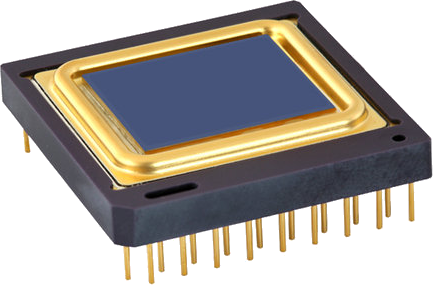
Detector resolution:
There are mainly 2 types of resolutions available on the market, namely 384x288 (QVGA) or 640x480 (VGA, sometimes 640x512 is also mentioned for VOx detectors, which are manufactured in China). Resolution of the detector has the greatest impact on the price of thermal riflescope and logically also on the overall image quality. Simply, the higher the resolution, the higher the image quality (and the higher the price of any device).
There are mainly 2 types of resolutions available on the market, namely 384x288 (QVGA) or 640x480 (VGA, sometimes 640x512 is also mentioned for VOx detectors, which are manufactured in China). Resolution of the detector has the greatest impact on the price of thermal riflescope and logically also on the overall image quality. Simply, the higher the resolution, the higher the image quality (and the higher the price of any device).
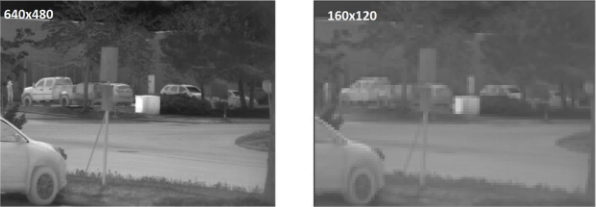
NETD (thermal sensitivity):
NETD stands for "Noise Equivalent Temperature Difference". It is a measure of how well a thermal detector is able to detect very small differences in thermal radiation in an image. NETD is typically expressed in milli-Kelvin (mK) and it is also sometimes referred to as “Thermal Contrast”. It is the most important parameter that indicates the quality and sharpness of the image. Generally, the lower the value, the better the image. The most common detectors on the market are with NETD <50mK. WILDREH is the first thermal riflescope on the market with an integrated French thermal detector of a new generation, which has NETD only 30mK!
NETD stands for "Noise Equivalent Temperature Difference". It is a measure of how well a thermal detector is able to detect very small differences in thermal radiation in an image. NETD is typically expressed in milli-Kelvin (mK) and it is also sometimes referred to as “Thermal Contrast”. It is the most important parameter that indicates the quality and sharpness of the image. Generally, the lower the value, the better the image. The most common detectors on the market are with NETD <50mK. WILDREH is the first thermal riflescope on the market with an integrated French thermal detector of a new generation, which has NETD only 30mK!

Pixel pitch:
It is another extremely important parameter, which is given in micrometers (μm) and affects not only the quality and sharpness of the image, but also the detection range of the target. The new thermal detectors have a pixel pitch of 17μm and the most modern detectors have 12μm technology, thanks to which the hunter sees with a 35mm lens the same as with a 50mm lens with 17μm detectors. China started with production of the first 12μm detectors only in 2019. WILDREH has an integrated French detector with 12μm technology.
It is another extremely important parameter, which is given in micrometers (μm) and affects not only the quality and sharpness of the image, but also the detection range of the target. The new thermal detectors have a pixel pitch of 17μm and the most modern detectors have 12μm technology, thanks to which the hunter sees with a 35mm lens the same as with a 50mm lens with 17μm detectors. China started with production of the first 12μm detectors only in 2019. WILDREH has an integrated French detector with 12μm technology.
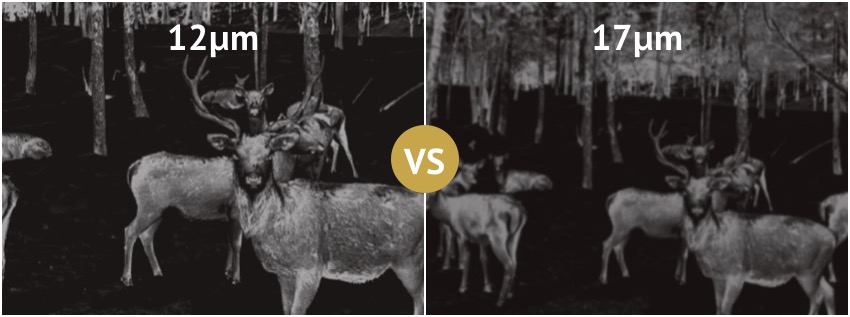
Important note:
In this article we do not want to mention too many complicated technical details, but it should be mentioned that the thermal detector is a miniature component measuring about 15x15mm and in order to get an image from it or to have the highest performance, additional specially designed chips and image processing software are required. Just like a brain. Such a whole is called the thermal imaging core. WILDREH uses its own OBSETECH S-Core thermal imaging core developed in Singapore.
In this article we do not want to mention too many complicated technical details, but it should be mentioned that the thermal detector is a miniature component measuring about 15x15mm and in order to get an image from it or to have the highest performance, additional specially designed chips and image processing software are required. Just like a brain. Such a whole is called the thermal imaging core. WILDREH uses its own OBSETECH S-Core thermal imaging core developed in Singapore.
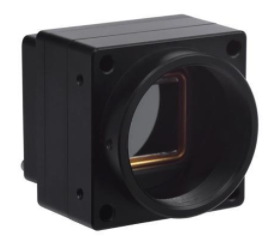
2. OPTICS:
After the thermal detector, optics or lens is the second most important and relatively expensive component. The highest quality optics for thermal riflescope have a germanium lens and high shock resistance. It is necessary to focus on the 2 most important technical parameters: the size of the lens - lens diameter and the brightness of the lens - "F" number. Typical lens diameters are 35mm, 50mm or, exceptionally 75mm. Logically, the larger the lens, the greater the optical zoom is achieved. It should be noted that if the thermal imaging detectors have a pixel pitch of 12μm, the lens must be adapted to this and the same applies to the resolution. However, what is very important is that with a 50mm lens that has a pixel pitch of 12μm, we see the image as with a 75mm lens that has a standard pixel pitch of 17μm. And this is a really big argument why to buy a thermal riflescope with an integrated 12μm detector. After the size of the lens, the second main parameter we should focus on is F-number. Unfortunately, this parameter is often overlooked even though this parameter mostly affects the image quality. To explain, this is a feature of the lens that indicates the amount of light coming through the lens which is transmitted to the thermal detector.
The lower the number of F/, the “brighter” the lens and more of light can be transmitted to the detector. In the case of F/1.0 it would mean that there is as much light penetrated to the detector through the lens as if there is no obstacle in front of the detector.
F/1.0 lenses are therefore better and more expensive than lenses with a higher number. WILDREH only uses 12μm lenses of its own production (OBSETECH) with germanium lens and the best brightness F/1.0.
The lower the number of F/, the “brighter” the lens and more of light can be transmitted to the detector. In the case of F/1.0 it would mean that there is as much light penetrated to the detector through the lens as if there is no obstacle in front of the detector.
F/1.0 lenses are therefore better and more expensive than lenses with a higher number. WILDREH only uses 12μm lenses of its own production (OBSETECH) with germanium lens and the best brightness F/1.0.
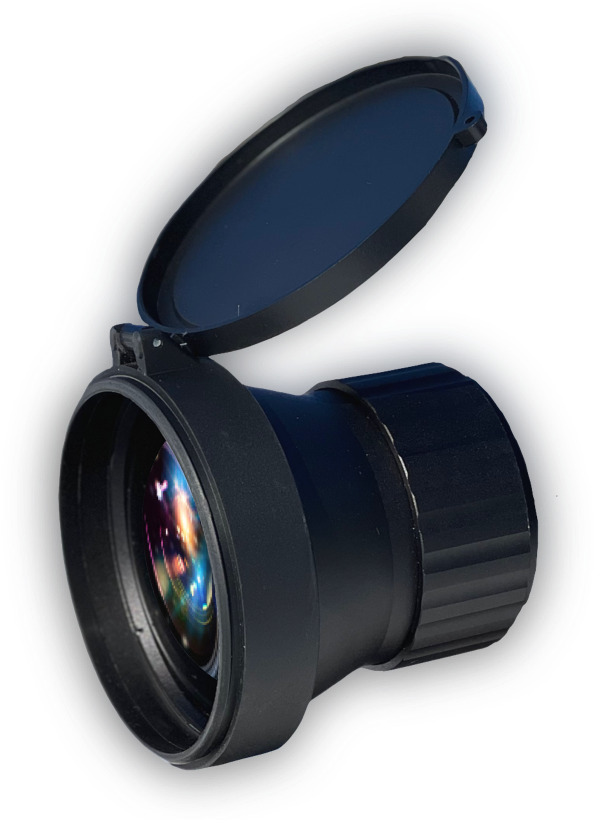
SUMMARY:
To sum it up, when choosing a quality thermal riflescope, it is always recommended to focus on the country of origin of the thermal detector and 5 key parameters:
To sum it up, when choosing a quality thermal riflescope, it is always recommended to focus on the country of origin of the thermal detector and 5 key parameters:
- Resolution (the best value 640x480)
- NETD (the best value <30mK)
- Pixel pitch (the best value 12μm)
- Lens size (optimal size 50mm)
- Lens F number (the best F/1.0)
3. ADDITIONAL PARAMETERS
In this document we presented the most important technical parameters (detector and optics) that have the highest impact on the quality and price of thermal riflescope.
However, there are also other features and functions that can be important when choosing a thermal riflescope, but those parameters have the most of brands similar.
That includes shock resistance (1200G / 1ms recommended), battery life (7+ hours recommended), display resolution (1024x768 recommended), refresh rate (50Hz PAL recommended), digital zoom support (up to 8x recommended), diopter focus, wifi support, integrated SD card with capturing of photos and videos, digital compass, accelerometer, picture-in-picture function, various color palettes, various reticles, weight of the device, etc.
However, there are also other features and functions that can be important when choosing a thermal riflescope, but those parameters have the most of brands similar.
That includes shock resistance (1200G / 1ms recommended), battery life (7+ hours recommended), display resolution (1024x768 recommended), refresh rate (50Hz PAL recommended), digital zoom support (up to 8x recommended), diopter focus, wifi support, integrated SD card with capturing of photos and videos, digital compass, accelerometer, picture-in-picture function, various color palettes, various reticles, weight of the device, etc.
And what about the rangefinder (LRF)?
In this document we presented the most important technical parameters (detector and optics) that have the highest impact on the quality and price of thermal riflescope.
However, there are also other features and functions that can be important when choosing a thermal riflescope, but those parameters have the most of brands similar.
That includes shock resistance (1200G / 1ms recommended), battery life (7+ hours recommended), display resolution (1024x768 recommended), refresh rate (50Hz PAL recommended), digital zoom support (up to 8x recommended), diopter focus, wifi support, integrated SD card with capturing of photos and videos, digital compass, accelerometer, picture-in-picture function, various color palettes, various reticles, weight of the device, etc.
However, there are also other features and functions that can be important when choosing a thermal riflescope, but those parameters have the most of brands similar.
That includes shock resistance (1200G / 1ms recommended), battery life (7+ hours recommended), display resolution (1024x768 recommended), refresh rate (50Hz PAL recommended), digital zoom support (up to 8x recommended), diopter focus, wifi support, integrated SD card with capturing of photos and videos, digital compass, accelerometer, picture-in-picture function, various color palettes, various reticles, weight of the device, etc.
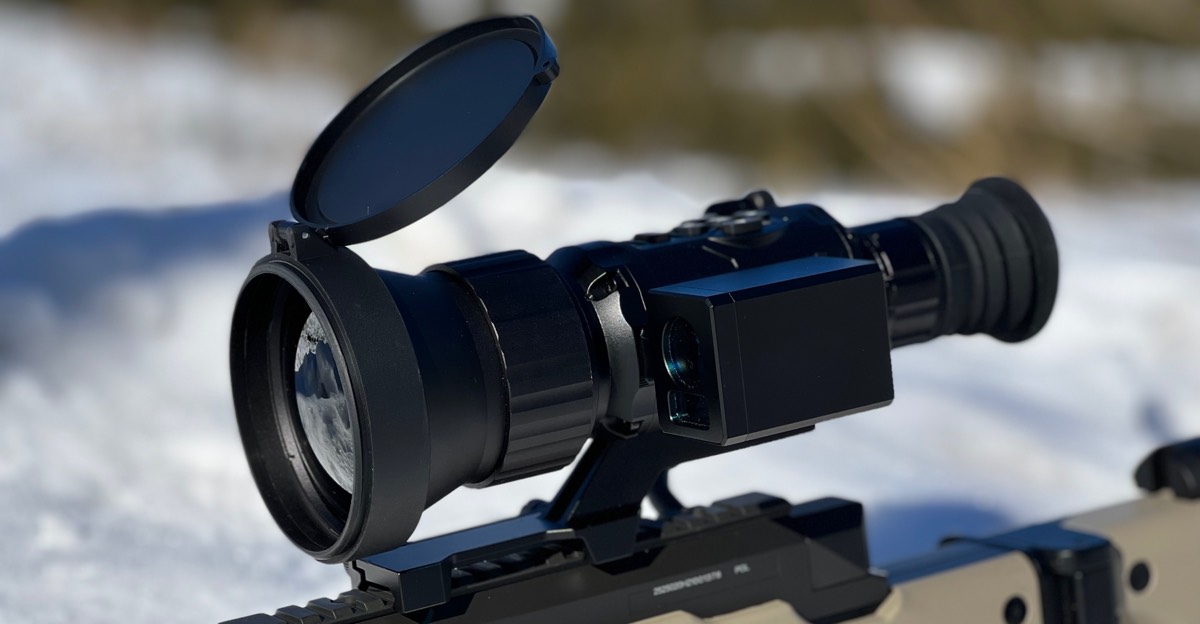
We believe that this document will help you in choosing a thermal riflescope or any other thermal imaging device for night observation.
Finally, we would like to introduce ourselves. WILDREH is a registered trademark of the international company OBSETECH, which is definitely not one of the standard manufacturers of thermal riflescopes. The main activity of OBSETECH is R&D and production of optoelectronic components, especially thermal imaging cores and quality optics, supplied to the world's leading players in the aerospace and defense sector.
OBSETECH's vision is to also focus on the hunting industry, which is why the new WILDREH brand was created, which focuses exclusively on the development and production of one type of product - the thermal rifle scope. Even though the brand is new, OBSETECH has more than 20 years of experience in the production of optics and is one of the leaders in the field of optoelectronics. It is important to mention that WILDREH has its base and service center right in the heart of Europe, in Prague.
OBSETECH's vision is to also focus on the hunting industry, which is why the new WILDREH brand was created, which focuses exclusively on the development and production of one type of product - the thermal rifle scope. Even though the brand is new, OBSETECH has more than 20 years of experience in the production of optics and is one of the leaders in the field of optoelectronics. It is important to mention that WILDREH has its base and service center right in the heart of Europe, in Prague.



